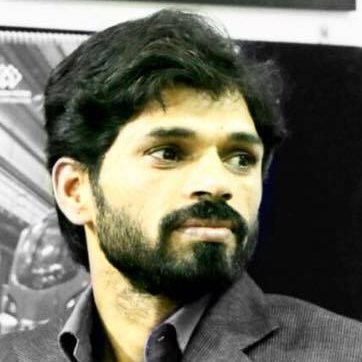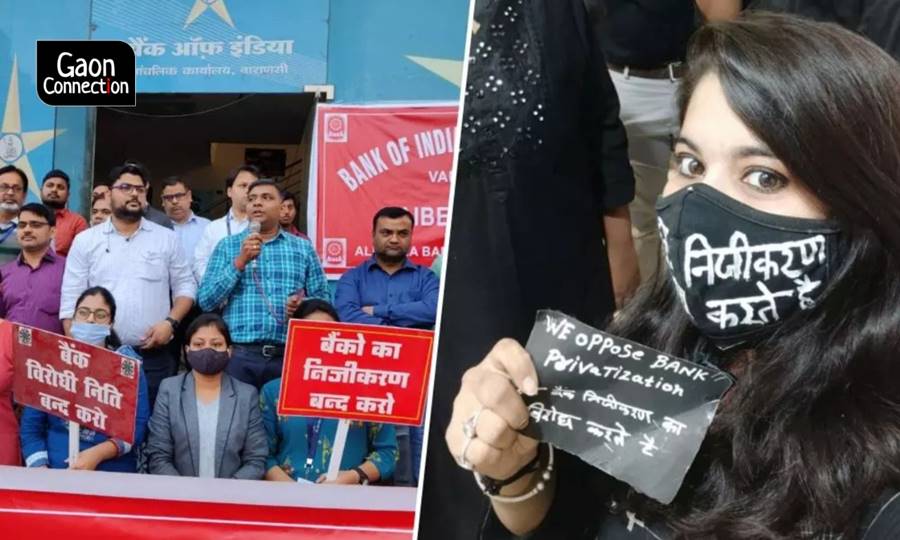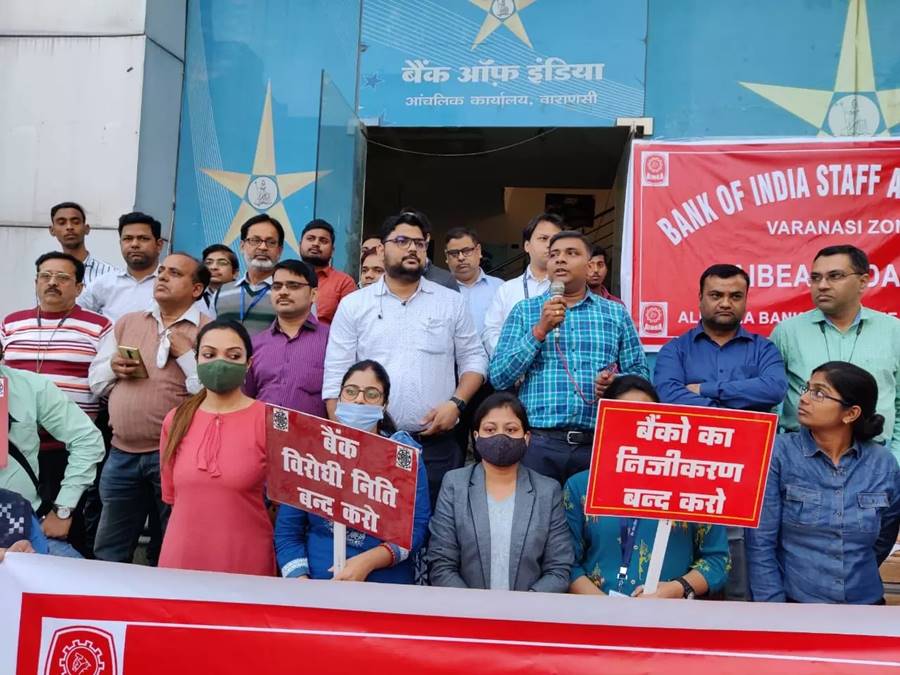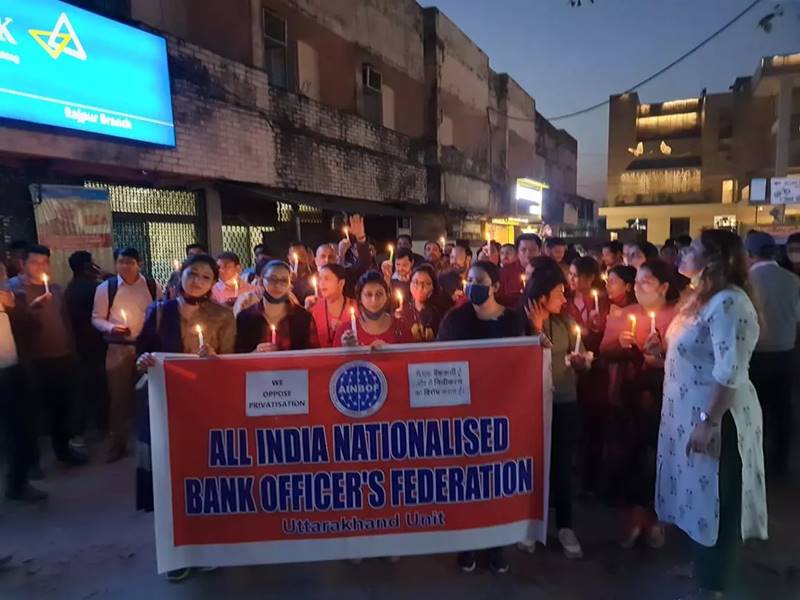Bank Strike on March 15-16: Banking services to be hit across India as employees protest against privatisation
The nationwide strike announced by bank unions is expected to witness coordinated disruption in banking services till March 17 is. The unions are protesting against the Centre’s drive to privatise government banks. ATMs and digital payment services are likely to be affected as well.


The Centre seeks to generate Rs 1,750 billion from the disinvestment of the two banks. Photo by arrangement.
In a bid to protest against the proposed privatisation of two national banks, millions of employees from 12 government banks will go on strike on two days: March 15 – March 16. As a result of the strike, banking facilities will now be available four days later on March 17, as today, March 13, is the second Saturday (banking holiday) and March 14 is Sunday. The strike is likely to affect ATM services also as these banks will be shut at a stretch of four days.
The strike has been announced by the United Forum of Bank Unions (UFBU), which is an umbrella body of nine bank unions. A total of 84 trade unions have joined ranks for the strike.

“Basically, our strike is against privatisation of banks. The government is on a drive to sell off the profitable PSB (public sector banks) and PSUs (public sector undertaking). Not only the employees working for these banks will suffer but it will also affect the public negatively,” Sandeep Akhauri, joint cooperator of the Indian Bank Officers Association told Gaon Connection. He went on to add that the privatisation will be detrimental to the public welfare.
In the recently concluded Budget session of the Parliament, Union finance minister Nirmala Sitharaman had talked about the disinvestment of banks following which the bank employees have been protesting against the double whammy of disinvestment and privatisation. The banking sector employees had gone on a similar strike for a day on February 19 last month.

The Centre seeks to generate Rs 1,750 billion from the disinvestment of the two banks.
In the poster released by All India Bank Officers’ Confederation (AIBOC), it was stated that 10 lakh bank employees protest the privatisation of banks and the retrograde banking reforms ushered in by the Centre.
The question about the privatisation of existing public social undertaking (PSUs) banks was also raised in the Lok Sabha by Thomas Chazhikadan, Member of Parliament from Kerala’s Kottayam. Anurag Thakur, Union minister of state for commerce and industry, replied: “In his 2021-22 budget speech, the Union finance minister had stated that it is intended to privatise two government banks. Also, Public Sector Enterprises (PSE) are expected to be disinvested.”
This move has not gone down well with the banking sector employees. “The banks were nationalised to provide banking services to the common people. There are four hundred and twenty million Jan Dhan accounts in the country. Out of these merely fifteen million are in private banks. Pension, LPG subsidy and all public welfare related schemes are processed through government banks,” said Akhauri.
Commenting on the bank strike, Vijaya Sharma, an assistant manager of a bank in West Bengal’s Howrah told Gaon Connection that the ATM services will be available on the weekend but the services won’t be available during the strike i.e. March 15-March 16. “For these two days, the customers will have to manage without digital channels and ATMs. There will be inconvenience to the public but this fight against privatisation drive is for their benefit as well,” she said.
The Central government has already privatised IDBI Bank by selling its majority stake to the Life Insurance Corporation of India (LIC) in 2019. It has merged 14 public sector banks in the last four years.

